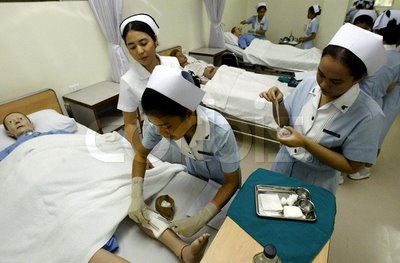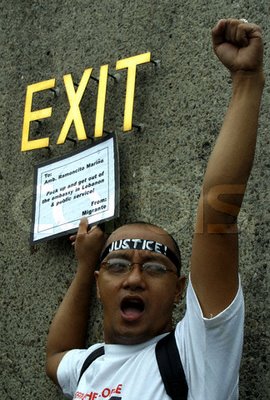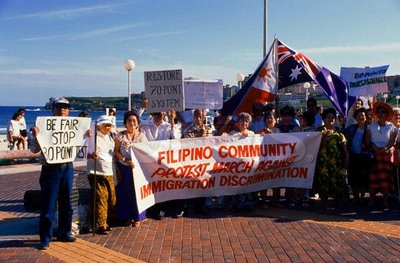
Start
Imagine every James Bond movie ever made on a three-disc DVD set.
Or what about every Six Feet Under episode?
What about live concerts from Eric Clapton to Eminem?
Tarantino box sets? Spielberg classics? Monster movie mash ups?

How about the latest studio releases in good quality? Forget the camcorder-in-theater versions, these films are the real deal, hot-off-the-press versions that are sent to motion picture award committees like the Oscars for evaluation.

Like Catholicism, pirated DVDs are a way of life in the Philippines. They are illegal, yet bustling markets filled with literally thousands upon thousands of DVDs and MP3 cds pepper Metro Manila from Quiapo to Pasig, Makati to Quezon City and beyond.
The Experience
To stumble upon one of these vendors, their stands jam-packed with discs wrapped in shiny plastic sleeves lined up like delicious digital baked goods, is truly something to behold.
Take a moment to imagine. Attempting to make sense of this mass of media, your eyes do a once over of the categories: new movies, televisions shows, kids programs, Korean soap operas, MP3 cds of Asian Pop and American Hip Hop, old movies, and the prerequisite stash of porn that the vendor will inevitably ask you about once you’ve committed to poking through his product. Keep in mind that at these bootleg markets there are literally a hundred stalls, each with a similar plunder of DVDs but with enough unique gems and rare finds among them to keep you interested.

Deciding where to start digging is like approaching an enormous buffet: there are so many options to choose from that sometimes it can be overwhelming. Where to begin? Should I search for the Rocky compilation, parse through the 8 in 1 discs (8 movies on one DVD), or rifle through the HBO series- Rome, Entourage or maybe I feel like Arrested Development?

The best part about these DVDs, and the reason they will always be the go-to option for Filipino consumers, is that they are dirt-cheap. One disc costs anywhere from 20 to 50 pesos (that’s 40 cents to $1 US for all you Yankees). In other words, you can have Lost seasons 1 and 2 for about $1.50 US. Or take home Apocalypto and Children of Men for 80 cents, and they’re good quality versions.

The selection is so enormous that there is truly something for everyone. Like flashy, big- budget Hollywood productions? Titanic, Blood Diamond, XXX, and The Fast & the Furious are readily available. Or what about old school film legends? Pick some Kurosawa flicks- Hidden Fortress, Ikiru, and Seven Samurai among others.
The list goes on… and on and on… and on and on and on…
You can screen the DVDs before buying to make sure the quality is up to snuff and if for some reason a disc doesn’t work at home, you can always exchange it- just remember to keep the vendor’s business card so you can track them down if need be.
Product Design
Leave it to the ingenuity of bootleggers to create a quality product. The covers of these movies are generally improvised, often comedic takes on the movies they represent. The text describing the movies is equally shaky.

And thus we arrive at one of the limitations of this unending fountain of media- the subtitles are often completely useless, if not hilarious, rendering foreign films unwatchable unless you stayed awake for fifth period Spanish in high school. Generally the subtitles grasp the concept of a conversation, but not the details of a sentence. This may appeal to those creative thinkers in the audience because sans functional subtitles, much of the movie will be left to your imagination.
Subtitles range from spot on...
 The Warriors (1979)
The Warriors (1979)To not even close...

Children of Men (2006)
Actual line: “Any girls? What about the one we had lunch with, Lauren?”
Another negative bi-product of access to so much media is the immediate decrease in one’s social life. It’s tough to go out when you have entire seasons of shows you’ve always wanted to watch just sitting on your desk waiting to be unwrapped.
But that is a risk people gladly accept.
So the next time you slip a $19.99 DVD into your player, just remember that half way around the world Filipinos are watching the same product for less than 1/20th the cost with funky, reworked covers, sleek packaging, and wacked-out subtitles to boot.
Enjoy suckers.






































